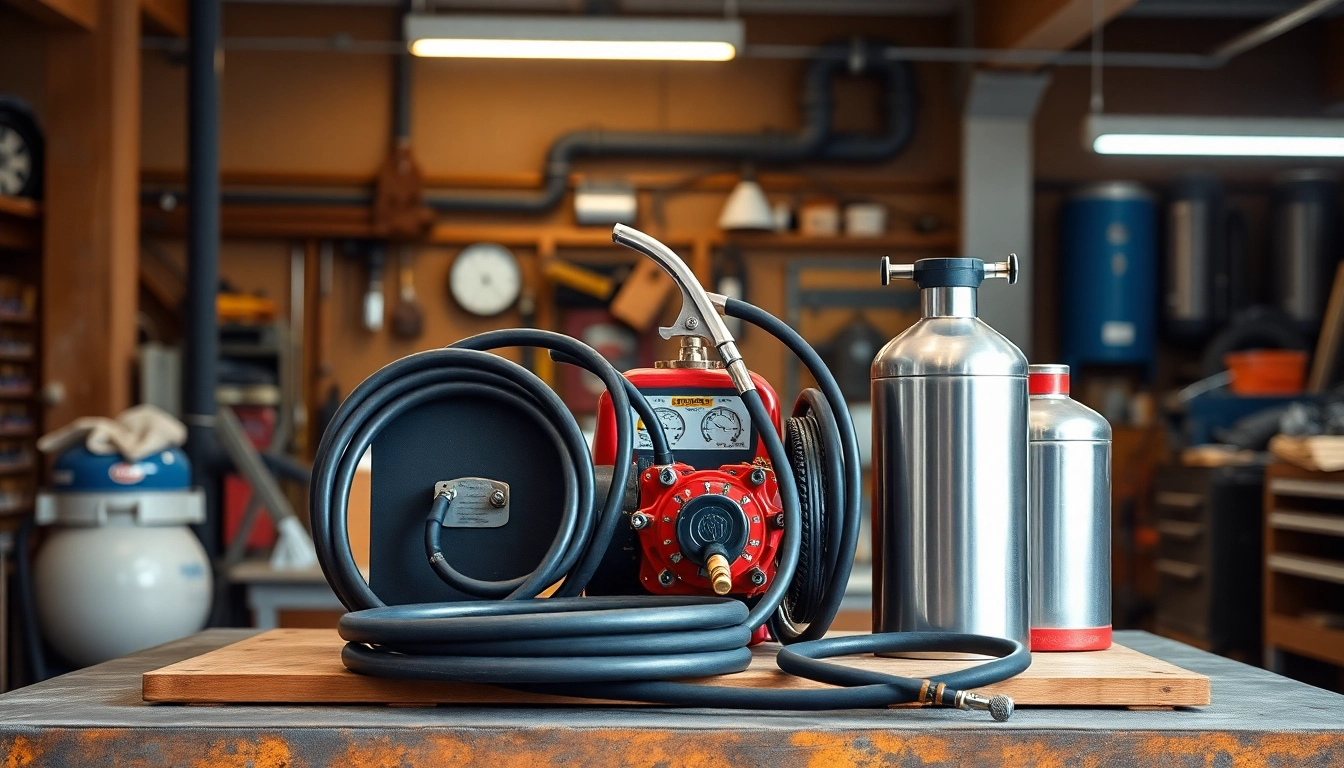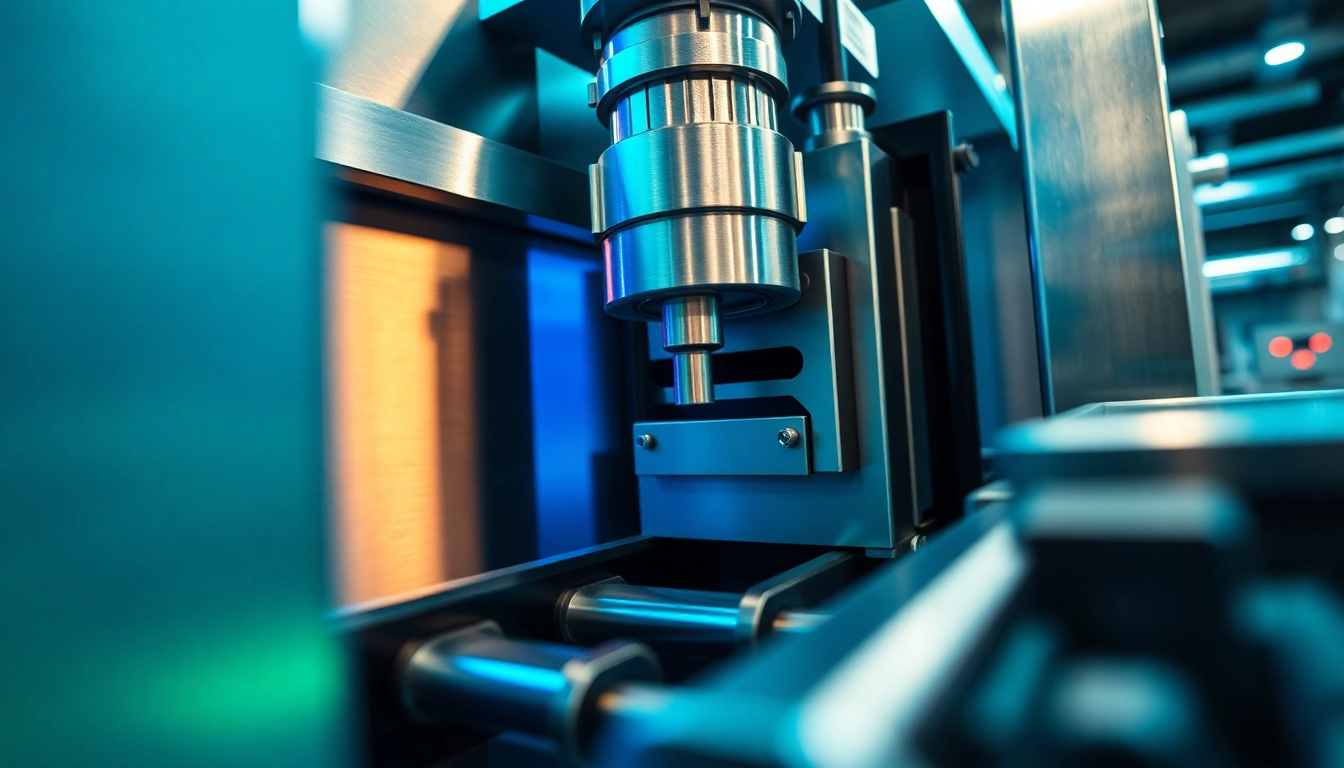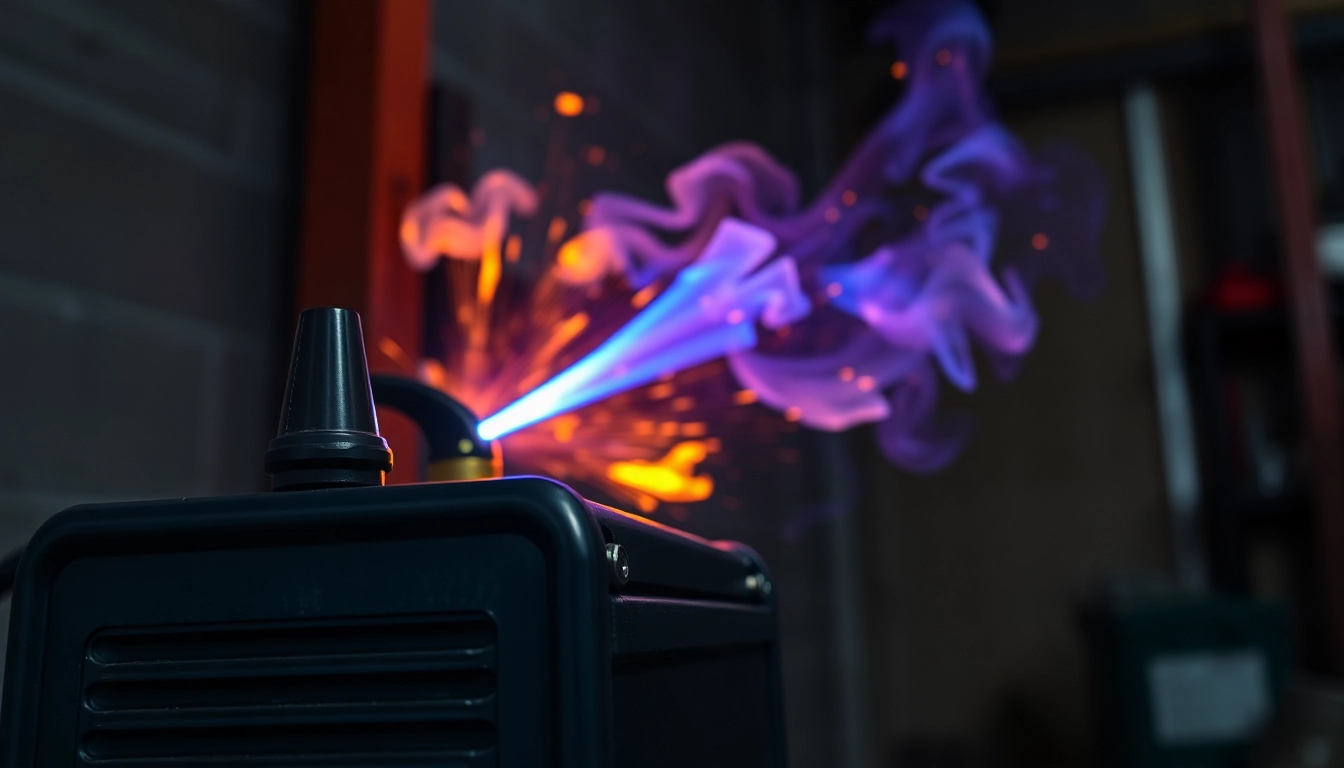Understanding Precision Die Cutting
Precision die cutting is a manufacturing process that creates uniform and precise shapes from various materials using specially designed dies. This technique has profoundly shaped industries by enabling the production of intricate parts with high accuracy. Unlike traditional cutting methods, precision die cutting maximizes efficiency and reduces waste, allowing businesses to meet their exact specifications while keeping costs low. Organizations across various sectors, such as packaging, automotive, electronics, and medical devices, have turned to precision die cutting to achieve their design and production goals.
What is Precision Die Cutting?
Precision die cutting refers to the process of using a die to cut materials into specific shapes and sizes with a high level of accuracy. This process often involves high-speed machinery that applies substantial pressure to cut through the material, producing various products from gaskets to packaging components. The materials that can be used in this process include paper, plastic, metal, foam, fabric, and composites. In essence, precision die cutting provides businesses with the ability to create custom parts efficiently, ensuring that every item meets the predefined specifications and quality standards.
History and Evolution of Die Cutting
The concept of die cutting has roots that stretch back to the early 19th century when it served primarily in textile and leather industries. Initially, artisans would use individual cutting tools to shape materials manually. However, as demand for intricate and mass-produced designs increased, the need for more efficient techniques led to innovations in die cutting machinery. With advancements in technology throughout the 20th century, particularly in the fields of digital engineering and automation, precision die cutting transformed into a highly mechanized process, allowing businesses to scale production without sacrificing quality. This evolution laid the groundwork for various iterations of die cutting methods we see today.
Key Advantages of Precision Die Cutting
Precision die cutting offers several advantages that can significantly benefit manufacturing processes:
- High Accuracy: One of the most notable features of precision die cutting is its ability to produce intricate shapes with tight tolerances, enabling manufacturers to meet exact specifications without errors.
- Speed and Efficiency: With the ability to run large volumes in a short amount of time, precision die cutting optimizes production cycles, thereby reducing overall lead times.
- Reduced Waste: Precise cutting minimizes material waste, making the process more economical. This not only saves costs on materials but also aligns with sustainable practices.
- Versatile Material Compatibility: Precision die cutting can handle a wide range of materials, allowing manufacturers to create diverse products tailored to various industries.
- High Repetition Consistency: Once the process is set up, the precision die cutting ensures that the same shape can be produced repeatedly, essential for large-scale manufacturing.
Types of Precision Die Cutting Techniques
Understanding the different methods of precision die cutting is crucial for companies looking to select the right technique for their specific needs. Each method offers distinct advantages and is more suitable for certain materials or applications.
Flatbed Die Cutting Explained
Flatbed die cutting uses a flat surface where the die is placed directly onto the material. A hydraulic press then lowers the die onto the material, cutting out the desired shape. This method is especially effective for thicker materials and allows for a variety of designs to be produced at once. Its advantages include versatility in handling diverse materials and the ability to produce intricate shapes. However, the setup time is usually longer than other forms, and it may not be as efficient for high-volume production runs as other techniques like rotary die cutting.
Rotary Die Cutting: An Overview
Rotary die cutting utilizes cylindrical dies that rotate and cut the material as it passes through the machine. This method is particularly advantageous for high-speed production and is often used in industries like packaging for creating labels, stickers, and flexible packaging. Its key benefits include continuous production capabilities and efficient material usage, making it ideal for large orders. However, rotary die cutting requires a higher initial investment in machinery and may involve more complex setup processes.
Laser Die Cutting: Precision Redefined
Laser die cutting employs high-intensity laser beams to cut material with unparalleled precision. This method is especially useful for intricate designs and materials that are challenging to cut using traditional methods. Laser die cutting stands out because it can make complex cuts without direct contact with the material, reducing wear and tear on cutting tools and minimizing waste. Additionally, it allows for rapid adjustments in design, making it an excellent choice for prototypes and custom projects. However, the costs associated with laser cutting technology can be relatively high, and the speed may be slower compared to rotary methods for larger production runs.
Materials Used in Precision Die Cutting
Various materials can be processed through precision die cutting, each offering unique properties that suit different applications. Understanding these materials is key to making informed decisions about the die cutting process.
Best Materials for Die Cutting
Some of the most common materials used in precision die cutting include:
- Paper and Cardstock: These materials are commonly used for packaging, cards, and crafts due to their ease of cutting and versatility in printing.
- Plastics: Various plastic types, from flexible films to rigid sheets, can be effectively die cut for applications in packaging, automotive, and electronic industries.
- Foam: Foam materials are often used in cushioning applications and insulation, making them ideal candidates for die cutting to create custom shapes and sizes.
- Metals: Thin metals can also be die cut, particularly for gaskets and custom parts in industries like manufacturing and aerospace.
- Textiles: Fabrics can be cut with precision to create clothing components, upholstery, and various creative applications.
Compatibility with Various Industries
The versatility of precision die cutting means it is compatible across a broad spectrum of industries. For example:
- Packaging: Custom shapes and sizes for packaging solutions in both retail and industrial settings.
- Automotive: Precision parts for vehicle manufacturing, including gaskets, seals, and insulation.
- Healthcare: Production of medical devices and components requiring accuracy and reliability.
- Electronics: Creating precise parts for circuit boards and electronic devices.
Environmental Considerations and Recycling
In recent years, the importance of environmental responsibility has come to the forefront of manufacturing processes, including precision die cutting. Selecting recyclable materials and minimizing waste is essential. Modern die cutting techniques often produce less scrap material, and companies are encouraged to choose eco-friendly or biodegradable materials when possible. Additionally, some manufacturers focus on the recycling of unused materials, further contributing to sustainability efforts.
Choosing the Right Precision Die Cutting Service
Selecting an appropriate precision die cutting service requires careful consideration of various factors. Ensuring that you align with the right partner can significantly impact your production processes and outcomes.
Factors to Consider When Selecting a Vendor
Here are the most critical factors to evaluate when choosing a die cutting service:
- Experience and Expertise: Look for vendors with a proven track record in precision die cutting within your industry.
- Capabilities: Ensure the vendor has the necessary equipment and technology to handle your specific material and design requirements.
- Customer Service: Choose a provider that values communication and offers responsive customer support throughout the process.
- Turnaround Time: Evaluate their ability to meet your deadlines while maintaining quality.
- Flexibility: Consider a vendor that can adapt to changing designs or production volumes, allowing for scalability.
Understanding Pricing Structures
Pricing for precision die cutting can vary widely based on several factors, including material costs, complexity of the design, and production volume. Understanding how pricing structures are formulated can help you make informed decisions:
- Die Costs: The initial setup of a die can be a significant expense. This cost can be reduced by optimizing designs and materials used.
- Material Costs: The choice of material directly impacts the price. Higher quality materials typically come with increased costs.
- Volume Discounts: Vendors often provide discounts for bulk orders, so it’s beneficial to plan production runs accordingly.
- Additional Services: Consider any ancillary services offered, such as assembly or packaging, which could also impact overall costs.
Evaluating Quality Assurance Practices
Quality assurance is vital in precision die cutting to minimize flaws and ensure consistent output. When evaluating a die cutting service, inquire about their quality control procedures:
- Testing and Inspection: The vendor should have processes in place for regular testing of their products.
- Certifications: Look for ISO certifications or industry-specific standards that indicate a commitment to quality.
- Feedback Loop: A good vendor will implement a system for gathering client feedback to continuously improve their processes.
Future Trends in Precision Die Cutting
The field of precision die cutting is continuously evolving, driven by technological advancements and changes in market demands. Understanding these trends can help businesses remain competitive.
Technological Advancements and Innovations
The integration of technology such as automation and artificial intelligence is transforming precision die cutting. Machine learning algorithms can optimize cutting processes, reduce waste, and improve design efficiencies. Additionally, advancements in laser cutting technology are expanding the materials that can be processed with precision, further enhancing capabilities.
Sustainability in Die Cutting Operations
As sustainability takes center stage, precision die cutting manufacturers are increasingly focused on developing eco-friendly practices. This includes using sustainable materials, reducing energy consumption during production, and adopting recycling initiatives. Companies prioritizing sustainability not only comply with regulations but also meet the growing demand from consumers for environmentally friendly products.
The Impact of Automation on Die Cutting
Automation is playing a critical role in the future of precision die cutting. The introduction of automated systems reduces production times and errors, leading to enhanced efficiency. Automated die cutting machines can operate continuously, allowing for higher output while maintaining quality standards. This also leads to cost reductions, enabling businesses to offer competitive pricing without compromising quality.


